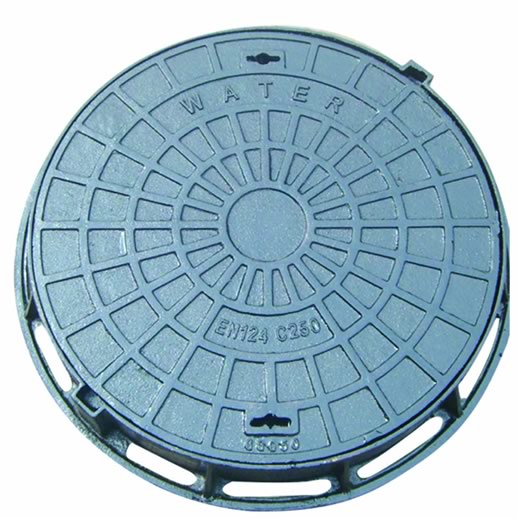water pipe leak clamp
The Importance of Water Pipe Leak Clamps A Comprehensive Overview
Water systems are integral to our daily lives, providing us with essential resources for drinking, sanitation, and various industrial processes. However, leaks in water pipes can lead to significant issues, including water wastage, increased utility costs, and even property damage. One of the most effective solutions for managing these leaks is the use of water pipe leak clamps. This article will delve into the effectiveness, types, applications, and installation of water pipe leak clamps, highlighting their importance in maintaining the integrity of water systems.
Understanding Water Pipe Leak Clamps
Water pipe leak clamps are specialized devices designed to seal leaks in pipes temporarily or permanently. They function by exerting pressure on the pipe, effectively clamping down on the damaged area to prevent further water loss. These clamps are typically made of durable materials such as stainless steel, which are resistant to corrosion and can withstand varying pressures.
Why Are Leak Clamps Necessary?
Leaks in water pipes can occur due to various reasons, including aging infrastructure, temperature fluctuations, and physical damage. Even a small leak can lead to significant problems over time, such as mold growth, structural damage, and increased bills. Furthermore, in larger systems, such as municipal water supplies, even minor leaks can result in a substantial loss of water, impacting availability and sustainability.
Using water pipe leak clamps can save homeowners and businesses money, reduce environmental impact, and prevent potential damage that might require costly repairs. They serve as a quick and efficient solution, often requiring minimal tools and technical expertise for installation.
Types of Water Pipe Leak Clamps
There are several types of water pipe leak clamps available, each catering to different pipe materials and sizes
1. Single-Band Clamps These are simple clamps that encircle the pipe and compress the area around the leak. They are ideal for small leaks in flexible or rigid pipes.
2. Double-Band Clamps These provide additional support and are suitable for larger leaks. They feature two bands that wrap around the pipe, distributing pressure more evenly and ensuring a tighter seal.
3. Repair Clamps These are heavier-duty options that can bridge larger gaps or cracks in pipes. They often include rubber gaskets to enhance sealing capabilities and are ideal for use in high-pressure systems.
water pipe leak clamp

4. Flexible Clamps Designed to accommodate irregularities in pipe shape and size, these clamps can conform to various pipe types, providing an adaptable and effective sealing method.
Installation of Water Pipe Leak Clamps
Installing a water pipe leak clamp is typically a straightforward process. Here are the general steps to follow
1. Identify the Leak Before installation, locate the source of the leak. This may involve inspecting the entire length of the pipe for signs of moisture or dripping.
2. Choose the Right Clamp Select a clamp that matches the pipe's diameter and the severity of the leak. It’s important to assess whether a single-band or double-band clamp is needed.
3. Clean the Area Ensure the area around the leak is clean and dry. Remove any debris, dust, or moisture that could hinder the clamp's effectiveness.
4. Position the Clamp Place the clamp around the leak, ensuring it covers the damaged area adequately. The rubber gasket, if included, should be positioned against the pipe.
5. Secure the Clamp Tighten the screws or bolts evenly, applying sufficient pressure to seal the leak but avoiding overtightening, which can damage the pipe.
6. Test the Repair Finally, turn on the water supply and check for any further leaks to ensure the clamp is functioning effectively.
Conclusion
Water pipe leak clamps are an essential tool for managing and repairing leaks in various water systems. Their ease of installation and effectiveness in sealing leaks make them a valuable asset for homeowners, businesses, and municipalities alike. By addressing leaks promptly with the appropriate clamps, we can conserve water, reduce costs, and protect our properties from the damaging effects of water infiltration. In the ongoing pursuit of sustainability and resource management, investing in reliable leak repair solutions is more important than ever.
-
The Smarter Choice for Pedestrian AreasNewsJun.30,2025
-
The Gold Standard in Round Drain CoversNewsJun.30,2025
-
The Gold Standard in Manhole Cover SystemsNewsJun.30,2025
-
Superior Drainage Solutions with Premium Gully GratesNewsJun.30,2025
-
Superior Drainage Solutions for Global InfrastructureNewsJun.30,2025
-
Square Manhole Solutions for Modern InfrastructureNewsJun.30,2025
-
Premium Manhole Covers for Modern InfrastructureNewsJun.30,2025
